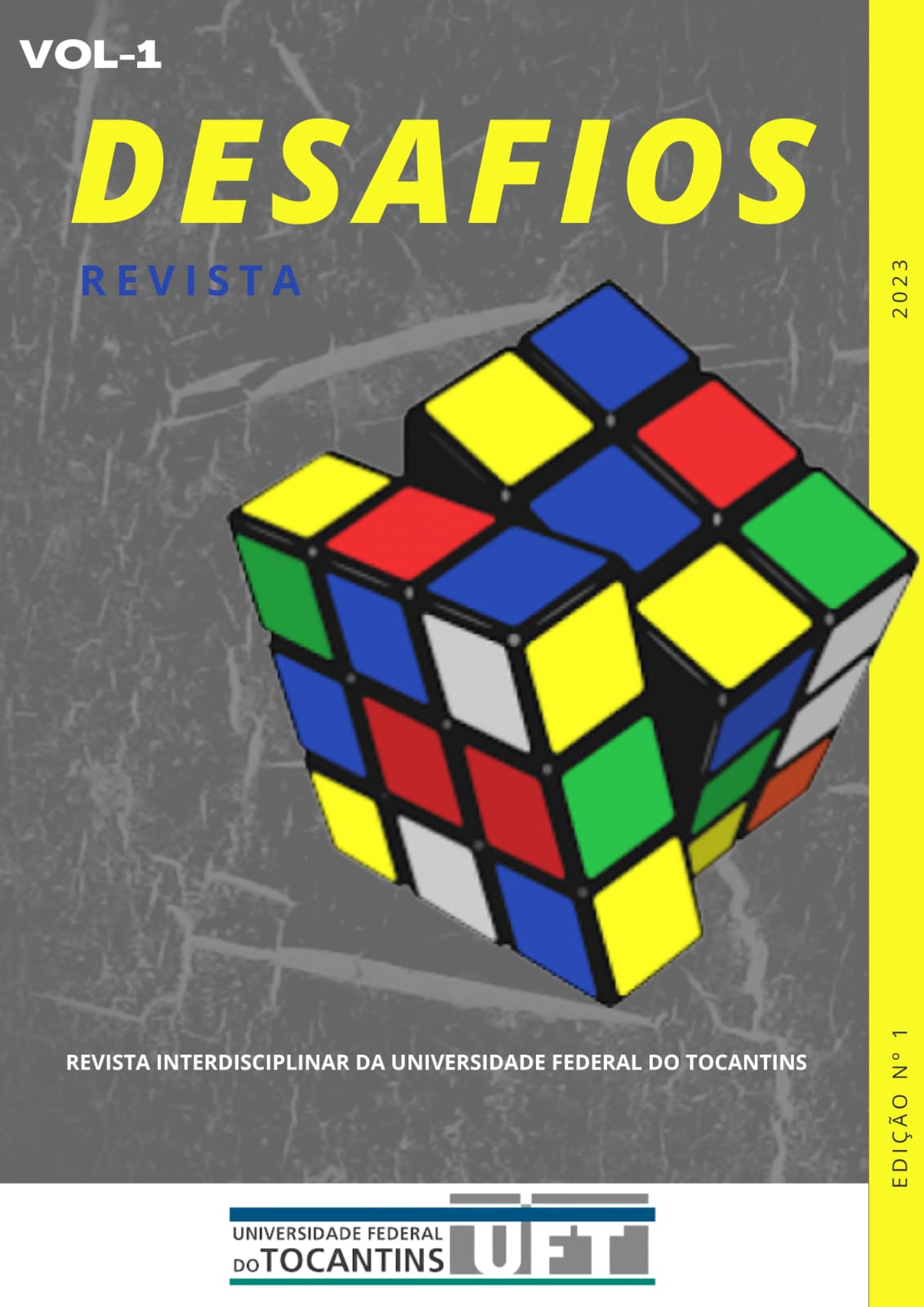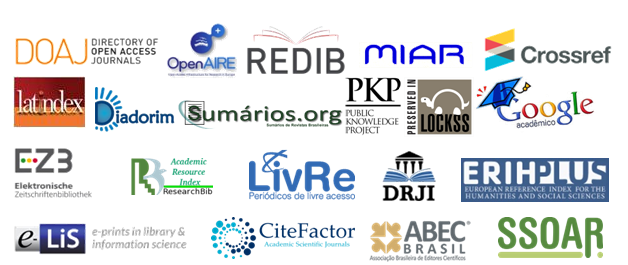SUCESSÃO NA AGRICULTURA FAMILIAR NA PERSPECTIVA DE GÊNERO EM IPORÁ-GO E MUNICÍPIOS VIZINHOS:
A INVISIBILIDADE DA MULHER NO PROCESSO DE TRANSFERÊNCIA DO PATRIMÔNIO
DOI:
https://doi.org/10.20873/uftv1n123-12509%20Resumo
A sucessão na agricultura familiar consiste no processo de transferência de terra, poder e capital do patriarca para a próxima geração, considerando o fator continuidade das atividades e valores familiares, frente aos atrativos da vida urbana. Verifica-se uma tendência de migração dos jovens rurais para a cidade, fruto de um conjunto de elementos como oportunidades profissionais e ascensão social, penosidade das atividades rurais, em relação ao baixo retorno financeiro dentre outros fatores que norteiam a tomada de decisão acerca do permanecer ou partir do ambiente rural. Todavia, quais são as perspectivas para a mulher em termos de sucessão familiar no ambiente rural? Quais os gargalos? Neste sentido o presente estudo buscou identificar a dinâmica da sucessão geracional na perspectiva de gênero na agricultura familiar, no município de Iporá-GO e cidades vizinhas, por meio da aplicação de questionários para possíveis sucessoras, para criar um cenário local acerca do tema. Os municípios analisados estão localizados na região Oeste do estado de Goiás, tendo as atividades agropecuárias relevante papel na geração de renda e por possuir predominantemente pequenas propriedades conforme classificação do imóvel rural. Os resultados sinalizam na identificação de 72% em interessadas a participar do processo, com a perspectiva de continuar e potencializar o que vem sendo desenvolvido e 28% não se interessam pois já possuem outras fontes de renda que exigem menos fisicamente, ou por possuir outros sucessores ou por serem casadas e residirem na cidade.
Downloads
Publicado
Como Citar
Edição
Seção
Licença
Copyright (c) 2023 Maria Gláucia Dourado Furquim, Letícia Arruda de Oliveira, Klaus de Oliveira Abdala, José Carlos de Sousa Júnior, Daniela Cabral de Oliveira

Este trabalho está licenciado sob uma licença Creative Commons Attribution-NonCommercial 4.0 International License.
Autores que publicam nesta revista concordam com os seguintes termos:
1. Autores mantém os direitos autorais e concedem à revista o direito de primeira publicação, com o trabalho simultaneamente licenciado sob a Creative Commons Attribution License (CC BY-NC 4.0), permitindo o compartilhamento do trabalho com reconhecimento da autoria do trabalho e publicação inicial nesta revista.
2. Autores têm autorização para assumir contratos adicionais separadamente, para distribuição não-exclusiva da versão do trabalho publicada nesta revista (ex.: publicar em repositório institucional ou como capítulo de livro), com reconhecimento de autoria e publicação inicial nesta revista.
3. Autores têm permissão e são estimulados a publicar e distribuir seu trabalho online (ex.: em repositórios institucionais ou na sua página pessoal) a qualquer ponto posterior ao processo editorial.
4. Além disso, o AUTOR é informado e consente com a revista que, portanto, seu artigo pode ser incorporado pela DESAFIOS em bases e sistemas de informação científica existentes (indexadores e bancos de dados atuais) ou a existir no futuro (indexadores e bancos de dados futuros), nas condições definidas por este último em todos os momentos, que envolverá, pelo menos, a possibilidade de que os titulares desses bancos de dados possam executar as seguintes ações sobre o artigo:
a. Reproduzir, transmitir e distribuir o artigo, no todo ou em parte sob qualquer forma ou meio de transmissão eletrônica existente ou desenvolvida no futuro, incluindo a transmissão eletrônica para fins de pesquisa, visualização e impressão;
b. Reproduzir e distribuir, no todo ou em parte, o artigo na impressão.
c. Capacidade de traduzir certas partes do artigo.
d. Extrair figuras, tabelas, ilustrações e outros objetos gráficos e capturar metadados, legendas e artigo relacionado para fins de pesquisa, visualização e impressão.
e. Transmissão, distribuição e reprodução por agentes ou autorizada pelos proprietários de distribuidoras de bases de dados.
f. A preparação de citações bibliográficas, sumários e índices e referências de captura relacionados de partes selecionadas do artigo.
g. Digitalizar e / ou armazenar imagens e texto de artigo eletrônico.


